Twitter CEO Dick Costolo kicked off the company's inaugural earnings call Wednesday by listing four adjectives that, to him, sum up the service's most winsome qualities: "public," "real-time," "conversational" and "widely distributed."
"Friendly" didn't make the cut.
Twitter does a lot of things well, but being easy to use and intuitive isn't among them. With Twitter's total number of active users hovering around 240 million -- about half as many as Costolo had promised by now -- the CEO dedicated much of his chat with investors and analysts to explaining how Twitter plans to attract all the regular people still unconvinced by its 140-character format.
"We have a massive global awareness of Twitter. And we have to bridge the gap between awareness and deep engagement with Twitter on the platform," said Costolo. He maintained that that Twitter's growth so far has been mostly viral and word of mouth -- or just "something that happened to us."
The strategy Costolo outlined rests on the assumption that more friends, more pictures, more chatting and more order will bring more users to Twitter.
So what does that mean, exactly?
Many fervent Twitter fans will tell you it's taken them years to build the perfect feed and, like fastidious artists, they're constantly improving it by making tiny tweaks to whom they follow. People new to the service don't necessarily have that patience, and Twitter recognizes it has to make the service immediately appealing to people when they first sign up. To do so, Costolo teased Twitter's plans to simplify the registration process and to help people connect with friends already on Twitter -- a key step he said boosts engagement from the very first day, and corresponds to higher growth later on.
"It's very much about making it easier for people who first come to the platform to get it more quickly," Costolo said. "It's not just 'get it in the first weeks and months on Twitter.' It's, 'get in the first moments, the first day on Twitter.'"
Costolo maintained that transforming Twitter into a "more visually engaging medium" -- think more pictures and video in the feed -- will make it "more accessible to broader audiences." Already, Twitter has made a move in this direction by launching services like Vine, a six-second video sharing platform, and by redesigning the Twitter app to show images in the stream itself.
The third part of Costolo's grand plan focuses on a topic that's commanded Facebook's attention of late, too: messaging. He promised the company will work to "make Twitter a better tool for conversations both public and private," adding that updates to Twitter's design had increased the number of direct messages by 25 percent in the most recent quarter. And finally, Costolo teased a change he argued could "make Twitter easier to use and understand for everyone," albeit one that would be a departure from its traditional architecture. The current Twitter organizes tweets chronologically. But Costolo's new-and-improved, easy-to-use Twitter would seek to organize content "along topical and relevance lines," the chief executive said.
He cited last quarter's increase in direct messaging and 35 percent growth in retweets and "favorites" as evidence that these four planned revamps to Twitter's design will win over all the normal people still befuddled by Twitter's "RTs," "MTs," "HTs" and "#"s.
"We don’t need to change anything about the characters of our platform," said Costolo. "We have to make Twitter a better Twitter."
